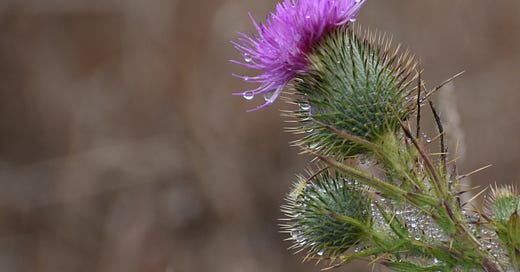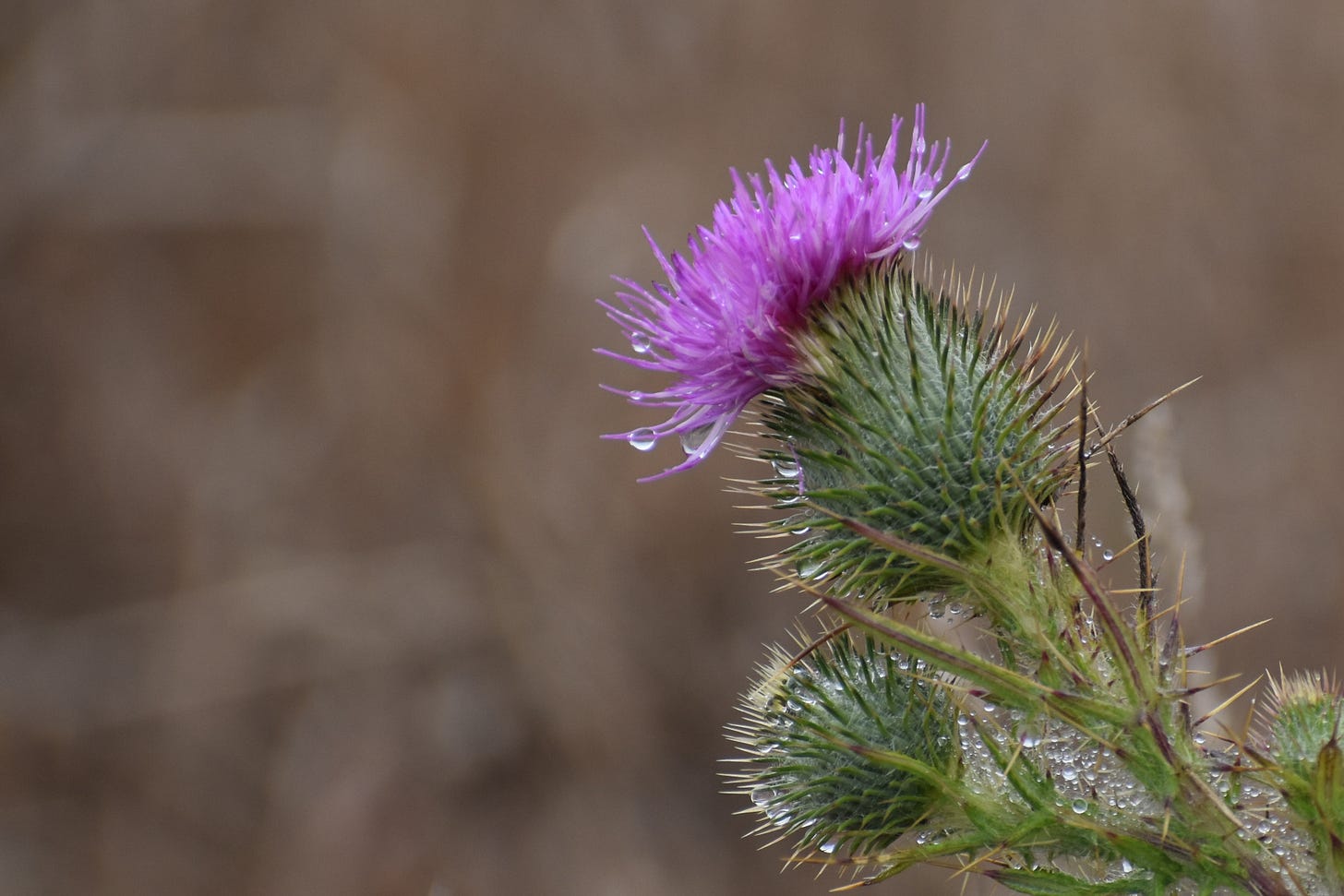Astrologically this week went in; an eclipse, a new moon. Meteorologically it went harder.
On Tuesday, as watched from the middle of the field picking lettuce, the hills receded into smoke. The thin air hit my throat differently, the sky noticeably changed. Speaking with the other farm apprentices, and them recounting a month without sky in California last year the reality of fire season hit. The Sci-Fi style orange-red sky, acrid and hollow, that’s what awaits. This same week the first ‘Extremely critical’ fire warning was issued for the western slope of Colorado, where our farm is located. It’s the first in 15 years and is spurred on by a drought that now 45% of colorado is experiencing. The tension is palpable as if everyone is tensed, ready for things to get worse.
The first thing this makes me think of is migrant workers in California continuing to pick produce while surrounded by wildfires, in the midst of a pandemic. If that’s not apocalyptic I don’t know what is. Now farming myself and beginning to face up to the reality that I might have to do something similar, but of course, with better conditions, legal standing, and a whole bunch of privilege, I can’t think of how they must have felt. Seeing that image last year I cried, bawled my eyes out, this year it’s looking like it will become the reality. The new normal. And that is gut-wrenching.
This week I was going to write about petro-masculinity, and that is on its way believe me, but as I sat on our front porch watching birds circle to catch the twilight bugs, more smoke drifted in. It’s pretty if you don’t know what it means. But what it means is worse conditions for crops, more breathing problems, less water, insecurity. It means that humans will adapt themselves into oblivion and take every last species with them.
But it also brings me right back, to why what we’re doing matters so damn much. Breeding hardy resilient crops, finding old ways to do new things and hopefully dismantling the system that got us here. Sharing knowledge and helping to build resilient food systems matters now more than ever. And there are so many people much smarter than me who have ways to do this. And they are doing it for free. Check out this absolute cache of permaculture resources, or these on food justice, or this quick and dirty guide to starting a community garden.
This week’s tarot card is the Hierophant, a symbol of structure, passed on wisdom and tradition. While its energy could be perceived as stagnant, the transference of wisdom and its role as teacher and guide can be comforting. Ask yourself, where can I seek help? What knowledge can I share? Where is my wisdom helpful? What structures hold me in place? What structures help me?
Over the past week or so I have gotten well acquainted with Milk Thistles, when planting out squash they managed to stab me a few dozen times. But the turns have tabled, and now I know they are mostly edible its time to return the favor.
Distinguishable by their spines and stunning purple flowers thistles are generally prolific seed makers. Their cousin the artichoke bears a striking resemblance though its flower was bred into the delicious state it is today. In the early stages of their life, the roots leaves and flowers are all edible. The seeds themselves can be roasted, ground and used as a coffee substitute or made into tea. The leaves can be eaten raw or sauteed into a spinach substitute. The roots can be used like you would carrot or salsify. Recipes range from Peasant Pasta to chili thistle to an updated greek salad.
If you are looking to grow your own thistles, collect the seeds and directly sow them in early spring. They are pretty resilient so should germinate and pop up before the first frost. Once fully mature, that is large spiky bastards, make sure that you collect all seed heads or they will spread. Like most weeds I encourage people to grow, they are pretty good at not only surviving but spreading. This is great if you want a lot, or are planting on unused land and want to green it up quickly and easily, but in a small plot (or even pot) this can become a nightmare. If you’re going to be collecting the seeds any way I would suggest making tea or scattering the seeds on vacant land. If you’re doing a bit of guerilla gardening remember it is better to ask for forgiveness than permission and that any green is better than exposed dirt.
In the less-foraged world, the harvest is slowly beginning. Gooseberries are coming in, and though I always eat them too early, if you can manage to wait until they are ripe Fool is the best recipe around. You could also combine it with the last of the seasons’ rhubarb and make a great crumble, or go for the classic preservation method of making a compote. On the savory side of things, Aubergine is starting its time in the sun. Stuff them, sautee them, glaze them, even baba ganoush them. Whatever you do, enjoy them for me. We have only just planted out our seedlings and I won’t be having a farm-fresh aubergine for a couple of months or so. Beans too are coming in, I have been dreaming of this classic side dish which I can never seem to get right.
The podcast this week is from Hothouse Earth about the plight of the migrant worker in America, essential to the current food systems but exploited and unprotected.
As always I would like to thank each and every damn one of you for reading and supporting what I have to say. Anyways I’m signing off for now, save your seeds, send me a comment and share this bitch.
Until then, stay scrappy
M
Image credit: Elisa Stone, CBS News, Josh Berendes, Melody Zimmerman and Bruna Branco
Find me on Instagram, The Dots and my Website.
If you missed the last update, read it here.
To support my work, please consider Buying me a Coffee.










I have alot of these. How do I save the seeds...are they in the flower?